From Feb 13 to 24, 2012, we took a group of photographers to Nagano to photograph the amazing Snow Monkeys for three days, and then on to Hokkaido for a further nine days. This was the fifth iteration of my now very popular Winter Wildlife Wonderland tour here in Japan, and today and then again next week, I’m going to take you through some of the photographs that I came back with.
In previous years, I’ve gone through a blow by blow account of our entire trip, usually requiring a three or four episode series of Podcasts to get through it, but the content of our trip this year was pretty much exactly the same as 2011, so I’m going to make this a two part series, and we’re going to concentrate on just 12 of my images each week, and just touch on the location details as necessary. If you want to here more detail about the locations, do go back and listen to episodes 279, 281 and 282 from 2011 as well.
Before we jump in and start looking at the photos, here are a few statistics about my editing process. This photography adventure has us shooting wildlife or landscapes from dawn ’til dusk some days, and shooting for at least 5 hours a day, even on the short days, so we come back with a lot of photographs. I shot just over 7,000 images and I’ve been to these locations more times than I can remember. I don’t shoot any where near as much as some of the participants for who are on their first visit.
I won’t go into detail on the actual rating system that I use, as I’ve covered this in other episodes, but basically, I go through my images in Lightroom, and give 4 stars to anything that’s good enough to publish and hit the X key to reject anything that was either technically faulted, as in blurred, or not exposed how I’d intended it to be, and I also delete perfectly good images, if I was shooting in burst mode and ended up with many images of the same subject. With wildlife, as a bird is flapping its wings for example, you often use burst mode more than for other more controlled subject types, simply because you’re trying to capture the best or most pleasing wing position. The same goes with the Snow Monkeys for example, as they have incredibly expressive faces, and you want to be able to capture a few variations and pick the best later. So, by the time I’d finished deleting images on my first kull, I was down to 4,500 images and 417 that had 4 stars against them.
The 417 images that I’d initially chose were selected as much as possible down to just a few of each subject. For example, I might have 10 frames of a certain subject doing a certain activity, like Snow Monkeys in a huddle, but from that, I’ll only select the stronger compositions, and images that I also don’t have in my library from previous years. There’s not much point in reposting something almost identical to my previous work. Of course, if you are shooting with a higher resolution camera, there is merit in replacing images from previous trips, but I was back there with the same cameras that I’ve been shooting these locations with for the last three years or so, so that isn’t going to be the case.
Then, I spent the next week after getting back from the tour, going through my selection numerous times, weeding out the lesser images, until by March 4, I was down to 120 images. This was still way too many to show people though, so I continued to work through my images each day until I reached a tight edit of 60 images on March 9. This can be an agonizing process, and I kicked out a whole bunch of images that I really liked, but that just didn’t add anything to my image library, and I want to show the minimum number of images possible, so as to keep my audience engaged. Even sixty would be too many images for a portfolio of course, but that’s not what I’m creating here.
Anyway, once I had my 60 finalists, I uploaded them to my gallery, and to Flickr, and a smaller selection was added to Google+, so some of you will have already seen these, but let’s jump in and start to look at a very tight edit of my final selection. First, let’s look at a couple of Snow Monkey shots, the first of which is this huddle of five monkeys.
Here there was a group including the alpha male, three of the wives probably from his harem, and a youngster. They were huddled in this way on top of a box, which is one of the reasons why I cropped in tightly like this for this image, to exclude the box, and this is kind of an important lesson here. Some people will choose to include the box and that’s fine, but I usually try to exclude that sort of thing. But even if that had not been the case, you often find that a tight crop can enhance an image anyway, so it’s always worth bearing in mind.
I also chose to photograph the monkeys at this time because they were all looking this way, with the one on the left almost looking directly at the camera. These Japanese Macaques have such expressive almost human eyes, that really pull you into an image. I think the eyes add so much to this image, that I included it in my set, despite the large dark patch above the monkey’s heads. I would have much preferred it if I could have gotten a white background all across the top, but it wasn’t possible from any angle, unless I’d grown by a foot or so.
I found another huddle though, again on top of a wooden box, but this one did have a white background, so I really like this next shot too, especially as the two monkeys in the middle were huddling around a baby, who’s face we can just see poking out from between them. This again adds so much to an image in my opinion.
Note that I lightened the baby’s face by about half a stop of exposure in Lightroom, by brushing it on with the Local Adjustments tool. This just helps to bring out the face a little more, as it was quite dark there, in between the two adults. By the way, the main lenses I use at the Snow Monkeys are my 24-70 and 70-200mm lenses. You are very close to the monkeys. So close in fact that you have to be careful not to touch them when shooting by the pool, and these two shots were made at 200mm and 165mm respectively.
I only posted one monkey shot where they were actually in the water in the hot spring bath at this location, mainly because space is limited down by the pool, and I didn’t spend much time down there, preferring to allow as many of my group to go down there as possible. I’ve posted lots of these kind of photos from previous years, so the few that I did get, weren’t really going to add anything to my image library.
Most years while we’re at the Snow Monkeys location, we see a Japanese Serow, which is a type of antelope, high on the valley side, and I’ve photographed him many times, but until this year, I have never gotten any photographs that I really liked, because the background has been too messy, or his pose was just not very interesting. This year though, I was happy to get three shots that I really do like of the Japanese Serow, and this is the one with the best background, and the pose isn’t bad either.
These are curious looking animals, with their ten centimeter or so horns, that you can actually see better in the other two shots, but can just make out in this shot too. Their thick set and coat make them look quite bulky, which they need to be to get through these harsh winters, but they’re still quite a nice animal to shoot. This by the way was shot with my 300mm F2.8 lens, with the 1.4X Extender fitted.
After the first three days with the Snow Monkeys, we flew up to Hokkaido, and for the first few days, we were shooting most of the day at the Akan International Crane Center, but again, since I’ve shot there so many times already, I have to get something that beats my previous year’s images to make it worth showing, and one that I was happy with was not of the cranes, but the White-Tailed Eagles that come in at 2PM to steal the fish that are thrown out for the cranes. I got two frames of a pair of eagles either fighting, or courting, it’s sometimes hard to tell, and this is the second of the two images. I posted the first in my gallery too, showing the eagle flipped over and the other zooming in on him, and this second frame shows them just after they’ve past each other.
I shot this one with my 5D Mark II and the 300mm F2.8 lens with the 1.4X Extender fitted again, but as these guys were quite a way off, I’ve had to crop this one a little more than I usually like to, but I’ve still got enough resolution to do a 13×19″ print, which is about as much as I can stand to crop, but I had no control over how far away the eagles would be when they did this of course, so I have to live with it.
In this next shot, a single White-Tailed Eagle came much closer, and although I have lots of shots of these beautiful birds in flight, I chose to keep this one in because I really like the wing shape here.
This is also one of the only locations where I often find myself including a bright blue sky in my shots. I’m not partial to blue skies, but this place usually gives me some nice eagle and crane shots where I think the sky really adds to the images. This was shot with the 300mm without the extender, but on the 1D Mark IV and was only cropped very slightly this time.
If you’ve been following this Podcast for a while, you’ll probably remember my Distant Dance photo from February 2008, which was the first time I took a workshop group to Hokkaido, and we visited the Otowa Bridge, in the hope of it being cold enough, and the air still enough, for there to be frost on the trees, and mist over the river. Well, on that first visit, it happened, and was magical, but although we’ve had year’s when it was still quite pretty out there, it didn’t happen again quite the same for the following three years.
I’ve been praying for frost and mist before each trip ever since, and I think my prayers were answered a little too much, at least for the first few hours at the bridge this year. As the sun rose, and convection kicked it, the temperature dropped from -21°C to -26°C, and there was no wind at all, but with temperatures this low, although the trees were beautiful, there was actually too much mist to be able to see the cranes in the river.
In this shot, you can see just how beautiful the scene was, and luckily there were three swans in the foreground to add interest, but you’d never know looking at this shot that there were around 200 majestic red-crowned cranes sleeping in the river, shrouded by the mist.
This is a stitched panorama, shot at 300mm on the 1Ds Mark III, so a relatively wide shot. Of course, I really like this shot too. It’s a beautiful scene unto itself, and if you look really closely, you can actually see some of the cranes in the left side of the image in the mist. Note by the way, if you expand your browser window as wide as possible and click on the images, you can view them at 1280 pixels wide, which will hopefully enable you to appreciate the detail more.
Here’s another photo of the swans from the last image, but this time shot at 600mm, so that you can see more detail in the trees to the right of the scene, and the layers formed by that beautiful mist. I know that it’s difficult to make out three swans here, but basically it’s two swans with their heads under their wings sleeping, with one in the middle with his head up.
It’s important to note here too that I was shooting in manual mode, with the meter showing the image over-exposed by around two stops. If I left it to my camera, with the current metering system, it would have been rendered much darker, and no where near as beautiful and delicate as this. This may well change with the RGB aware metering in the 5D Mark III and 1D X that will be with us shortly, but for now, this is a big issue to keep in mind in these locations.
There was a couple of hours after sunrise where the mist was simply too thick to see the cranes in the distance, and also with it being so cold, the cranes took their time livening up and moving around. That was a bit of a blessing in disguise, as it would have been totally frustrating if we could hear the cranes honking and dancing but not be able to see them. Fortunately though, the mist did start to clear at around 8:15, and we were able to get some very atmospheric shots, like this one, where you can perhaps make out two cranes honking in the middle of the frame, with a flock of pintail ducks flying over their heads.
This again is a stitch, to extend the image over to the right a little. I made a note to continue to shoot multiple images across the scene once I’d shot something that I thought might work, and I was pleased that I did. I ended up with some very wide panoramas, that I’m looking forward to printing, but for the Web let’s look at one more that’s wide, but not the widest.
Here I noticed a crane taking a short flight from one part of the river to another, and grabbed a couple of frames, then again, ran across the scene for a few more frames, to enable me to make a panorama. I actually posted just the single image with the crane in flight as well as this panorama, to give me more printing options, but I prefer these wide versions, especially with large prints in mind.
After an amazing few hours at the Otowa Bridge, which incidentally translates to “The Sound of Wings Bridge”, we went for breakfast, then back to the Crane Center. Here’s one of the images that I got of the cranes that I simply could not throw out. The orthodox photographer in me wanted to throw this out, because there was too little space left on the left side of the frame.
Basically this was one of those shots where I’d noticed the crane flying over-head, but by the time I’d rased my camera and focussed, the bird was too far past, and I didn’t have time to reframe. For some reason though, maybe the artist in me, as opposed to the technician, I really like this. As much as I tried, I just couldn’t throw it out.
The following morning, we went back to the bridge, but it wasn’t cold enough to get any frost on the trees, so we decided not to shoot there, and as we got ready to go back to the bus, my friend, photographer Jeremy Woodhouse, who we met most days in Nagano and Hokkaido, told me about two apple trees nearby that I didn’t know about. He actually drove around there to show us where they were, so rather than going home empty handed this morning, we spend 20 minutes photographing these lovely trees on the snow covered hills.
I’ve learned lots of little added bonus spots over the years, from friends like Jeremy, and Japanese photographer Yoshiaki Kobayashi, and as the tour leader it’s great to have a few options like this, so I’m very grateful to these guys for sharing as they do. Of course, I share my own information with others just as much, so that we all end up with better tours each year, and in turn, happier customers.
On the third day in Hokkaido, six days, or half way into the tour, we moved over to the Kussharo Lake, where we photograph the Whooper Swans that spend the winter in the little pools warmed by hot springs that flow into the lake, and prevent it from totally freezing over. Here is the last image for today, which I shot laying down in the snow, with my angle finder on my camera, so that I could look down into the finder, rather than straining my neck trying to look into the finder on the back of the camera.
I had the camera rested on my hand, which was resting in the snow, and framed up the scene, waiting for a swan to spread its wings like this. On the first day with the swans, it was bitterly cold, so I didn’t want to lay in the snow for long, so I was pleased when after about 20 minutes this swan did as I wanted. There was also another swan positioned perfectly in the mist to the left, which adds to the overall atmosphere of the shot, so I’m very pleased with this one.
That’s it for this week, and we’ll pick up the trail later on in this same day, with more swans shots from the Kussharo Lake in episode 327 next week.
Note that I’m about to release details of two Snow Monkey and Hokkaido Photo Adventures in 2013. The first will be with Chris Marquardt, so we’ll be providing some of the workshop elements in German, although I’ll also be there, so even if you don’t speak German, Chris and I will be helping the group in English too. This first tour will be from January 28 to February 8, 2013.
The second tour is going to be from February 18 through March 1, 2013, and you can see details of both tours on my Workshops page. If you’d like to receive notice as soon as the details are released, you can also sign up for my Tour Newsletters (at mbp.ac/news, and I’ll put a link to those in the shownotes).
Note too that although I can’t say who it is this week, if you are catching up on this Podcast more than a few days after this episode is released on March 13, 2012, you’ll see that we will have a very special guest with us on the second too. I’ll be able to mention who that is next week too, but I have to tell you that I’m really excited about this, and I think you will be too.
One last bit of housekeeping before we finish, and that is that I was interviewed recently by my friend Ibarionex Perello, of The Candid Frame podcast. I’ve secretly wanted to be on that Podcast for many years, and it turns out that Ibarionex hadn’t asked because he thought he’d interviewed me a long while ago. When we were chatting last year and the subject came up, I reminded Ibarionex that I hadn’t been on his show, so he kindly changed that. If you don’t already subscribe to The Candid Frame, please do. It’s one of the few other Photography related Podcasts that I listen to regularly, and I know you’ll enjoy it. I’ll put a link to my interview in the show notes, or you can find it by going over to thecandidframe.com
Thanks very much for listening today. Remember that you can find me on Google+ and Twitter etc. All links are on the top page at martinbaileyphotography.com, so do drop by and take a look. I’ll be back next week, with another episode, but in the meantime, you take care, and have a great week, whatever you’re doing. Bye bye.
Show Notes
Subscribe to Tour Information Newsletters: https://mbp.ac/news
The Candid Frame Interview with Martin: http://thecandidframe.blogspot.com/2012/03/candid-frame-132-martin-bailey.html
Music by UniqueTracks
Audio
 Subscribe in iTunes for Enhanced Podcasts delivered automatically to your computer.
Subscribe in iTunes for Enhanced Podcasts delivered automatically to your computer.
Download this Podcast in MP3 format (Audio Only).
Download this Podcast in Enhanced Podcast M4A format. This requires Apple iTunes or Quicktime to view/listen.

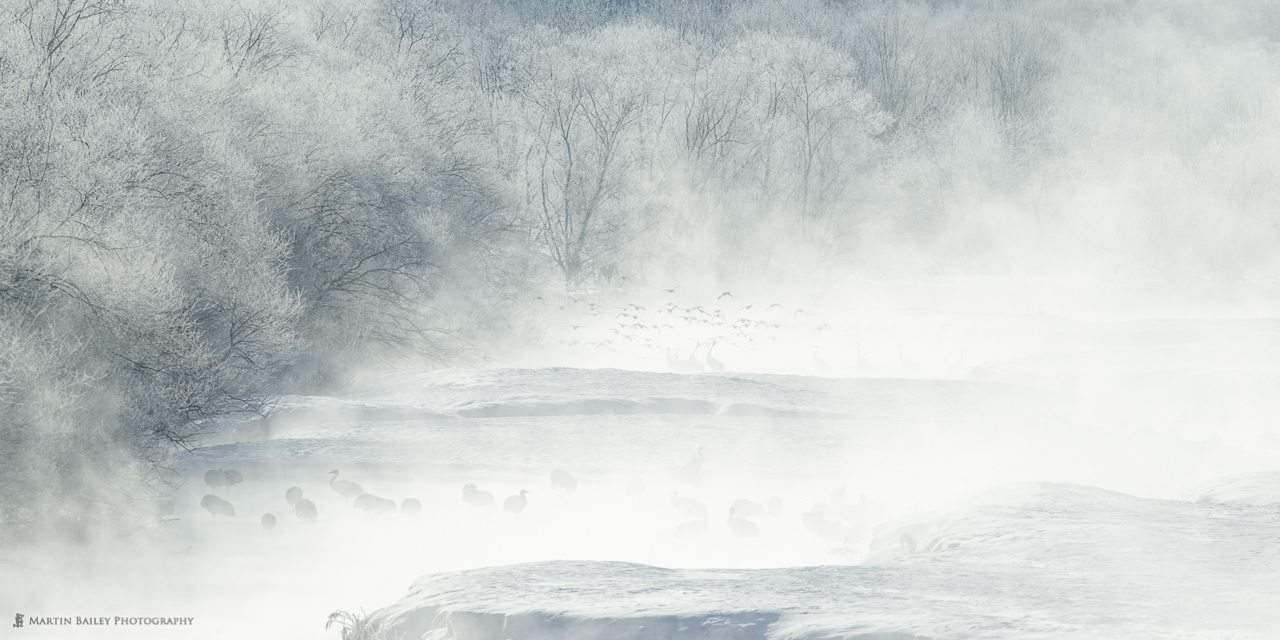
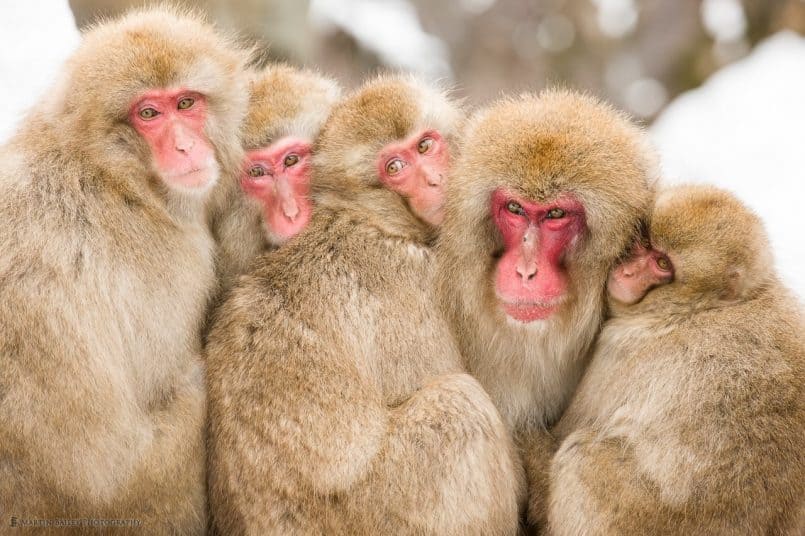
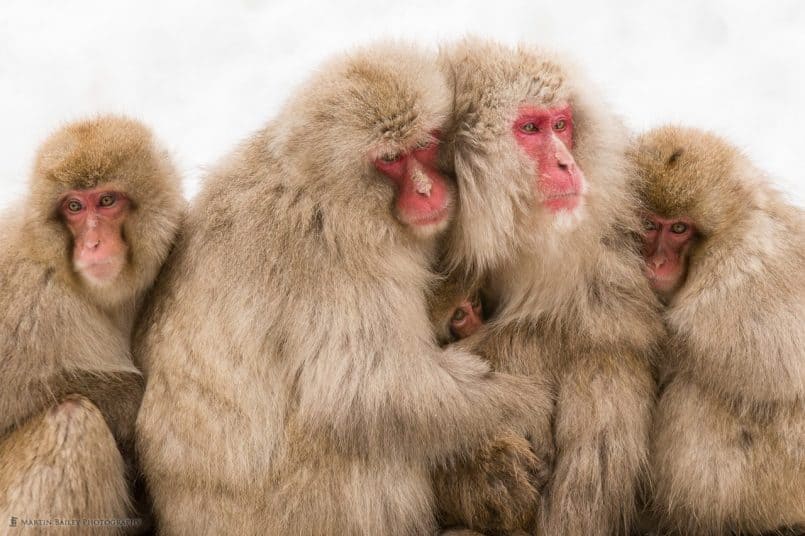
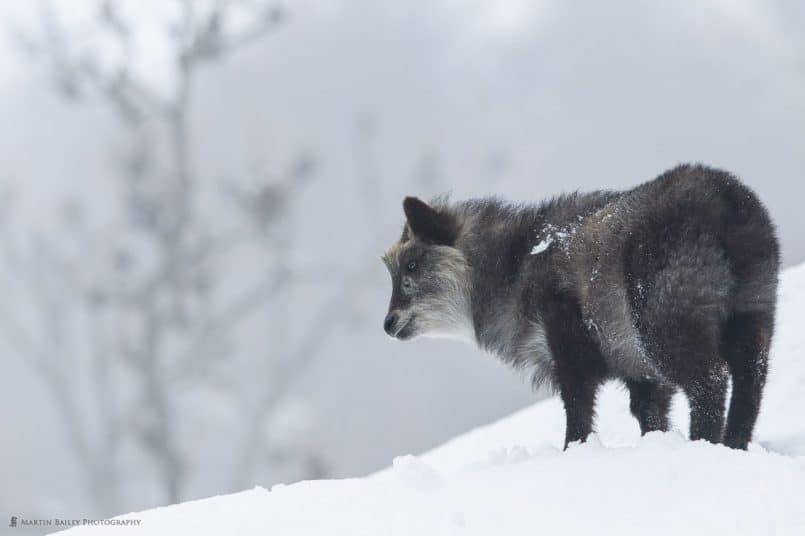
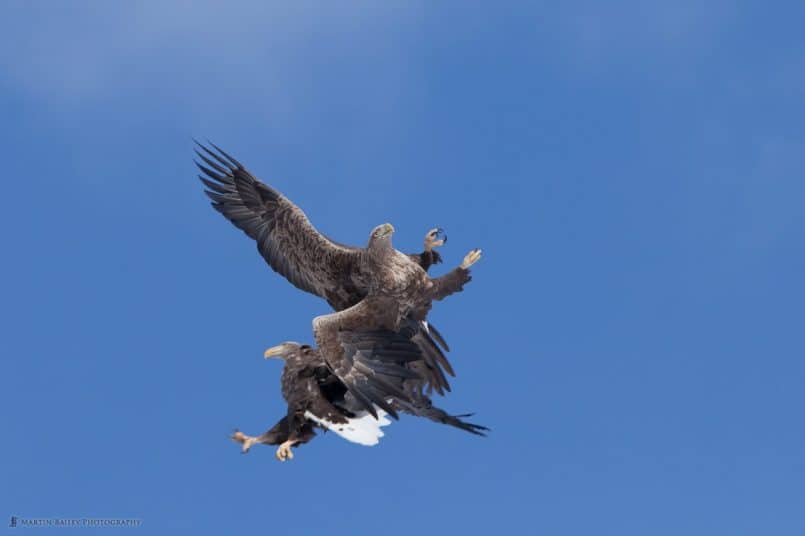

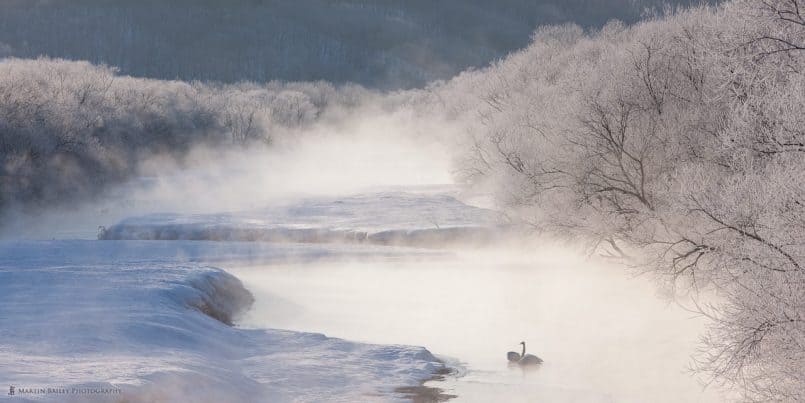
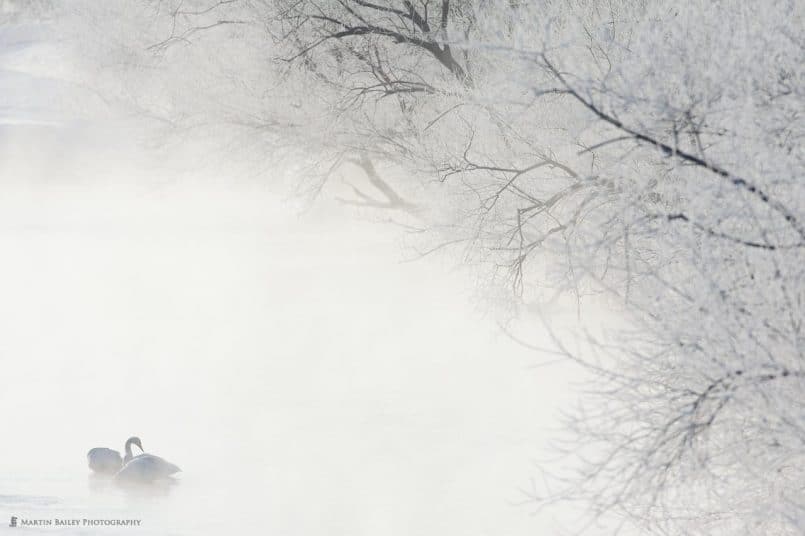
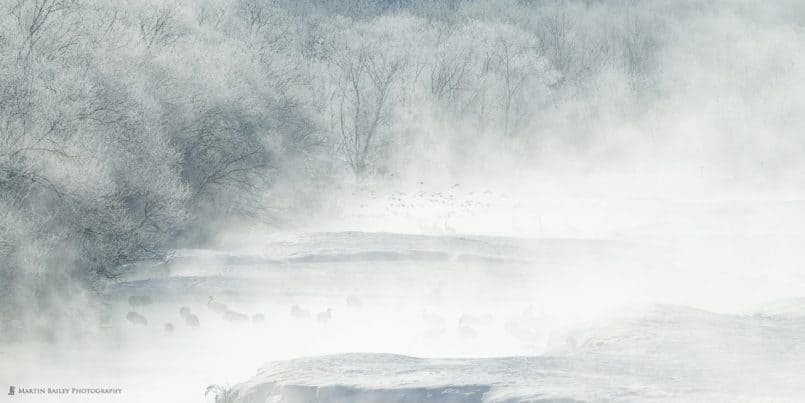
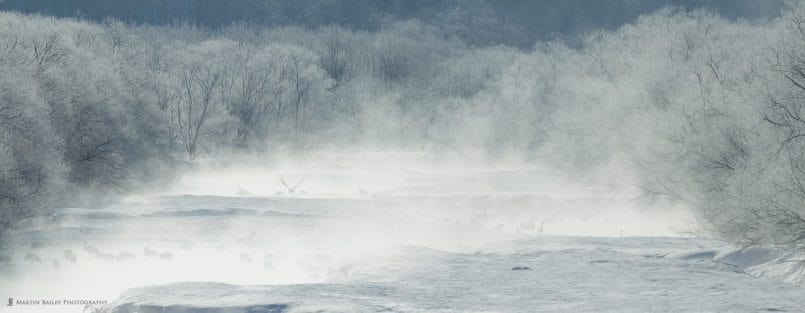
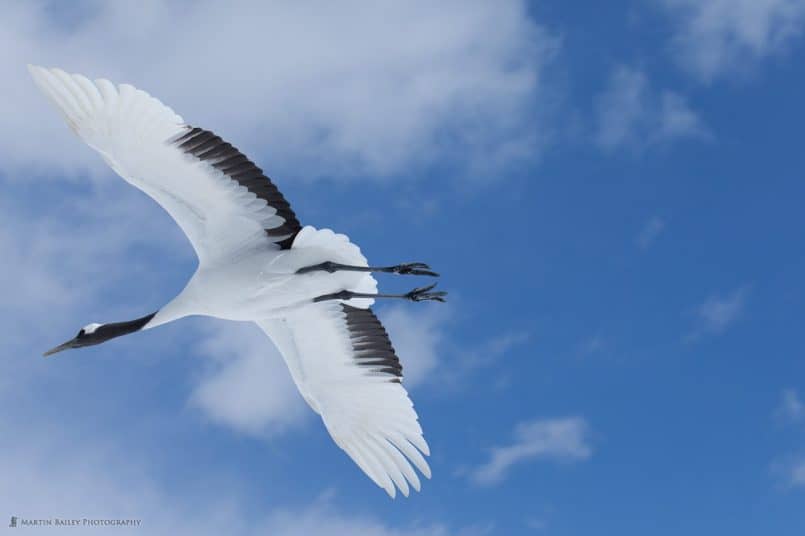
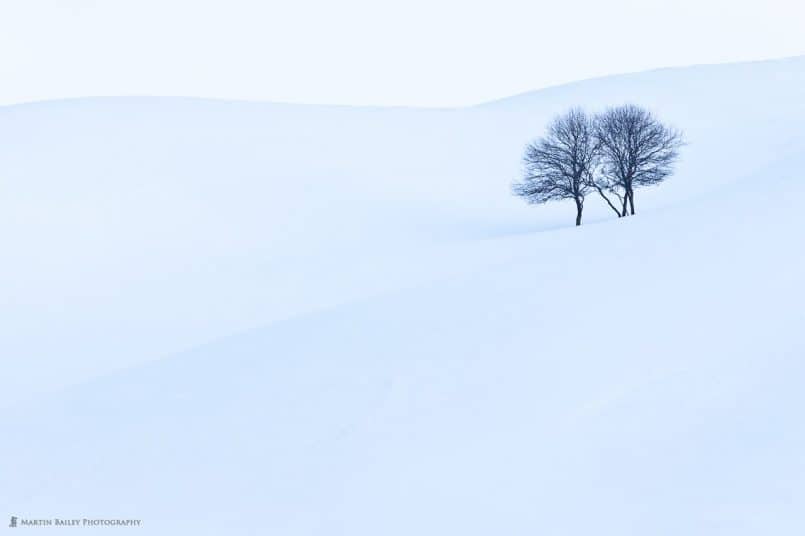
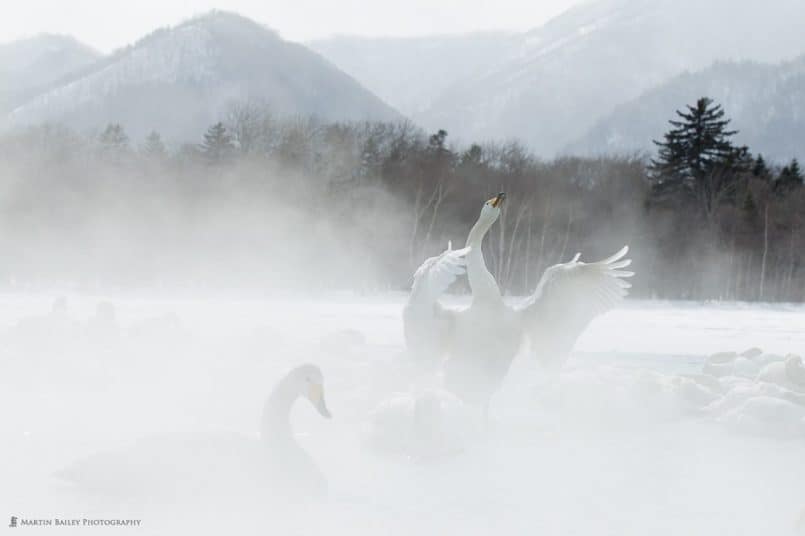

Beautiful experience I did through your lens-eye and of course that is shaped by your unique selection and extreme hard work in odd climatic atmosphere and the materials you have added . THANKS to You and your group , Martin !